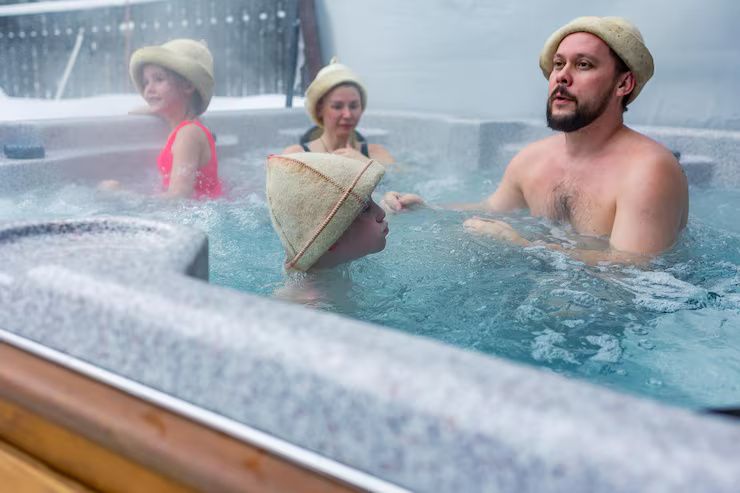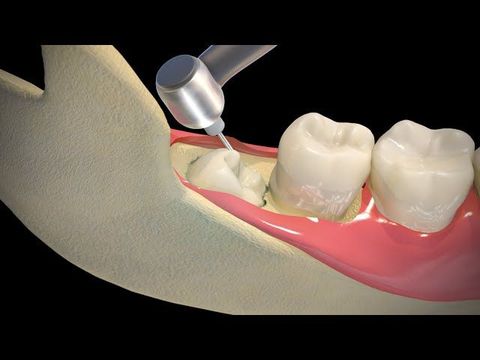Explore the Benefits of a Cold Plunge Sauna: Tips, Insights, and Knowledge
Cold plunge saunas, also known as cold immersion or ice baths, are wellness practices that involve immersing the body in cold water immediately after heat therapy, such as a traditional sauna or hot bath. This practice exists because alternating between hot and cold temperatures can stimulate circulation, support recovery, and promote overall well-being.
Historically, cold plunges have roots in Scandinavian and Eastern European cultures, where people used icy lakes or baths after sauna sessions. Today, cold plunge saunas are popular in gyms, wellness centers, and even home installations, combining heat therapy with cold immersion to create a balanced wellness routine.

Importance
Cold plunge saunas matter in contemporary health and wellness because they offer benefits that appeal to a wide range of people:
-
Circulation support: Alternating between heat and cold improves blood flow and vascular function.
-
Muscle recovery: Cold immersion can help reduce inflammation and speed up recovery after physical activity.
-
Immune support: Some studies suggest cold exposure may stimulate immune system responses.
-
Mental wellness: The shock of cold water can trigger endorphins, improving mood and alertness.
-
Skin and tissue health: The temperature contrast can tighten skin and reduce puffiness or swelling.
Athletes, wellness enthusiasts, and anyone seeking recovery after intense physical activity are most affected. By incorporating cold plunge saunas into routines, users address common problems such as fatigue, inflammation, and stress.
Recent Updates
In the past year (2024–2025), cold plunge sauna trends have evolved significantly:
-
Smart temperature control (2024): New systems allow users to program precise temperatures and duration for optimal immersion.
-
Integration with wellness apps (2025): Many facilities now provide digital tracking for heart rate, session time, and recovery metrics.
-
Portable and home units (2025): Compact cold plunge tubs for home use have become increasingly popular, making the practice more accessible.
-
Combination therapies (2024): Pairing cold plunges with infrared saunas or hydrotherapy is gaining traction for enhanced wellness effects.
-
Sustainability focus (2025): Energy-efficient systems and eco-friendly materials are becoming standard in commercial installations.
These updates indicate that cold plunge practices are modernizing with technology and health-focused innovations.
Laws or Policies
Several rules and guidelines influence the use of cold plunge saunas, primarily related to safety and public health:
-
Health and safety regulations: Public facilities must comply with local safety standards to prevent slips, injuries, or hypothermia risks.
-
Building codes: Cold plunge installations in gyms or wellness centers must meet electrical, plumbing, and construction codes in most countries.
-
Water quality standards: Regulations ensure water is clean and sanitized to prevent infections, particularly in commercial facilities.
-
Wellness facility licensing: Some regions require wellness centers to meet hygiene and operational standards for pools and immersion equipment.
Government guidance often emphasizes informed usage, particularly for individuals with cardiovascular conditions, to reduce potential health risks.
Tools and Resources
Several resources help individuals and facilities optimize cold plunge sauna experiences:
-
Temperature monitoring apps: Digital tools to track water temperature and session timing.
-
Heart rate monitors and wearable devices: Used to monitor physiological responses during immersion.
-
Wellness tracking platforms: Apps that integrate sauna, cold plunge, and exercise data for recovery insights.
-
Guides and manuals: Educational materials explaining safe immersion duration, optimal temperatures, and post-therapy recovery.
-
Research articles: Peer-reviewed studies on cold immersion benefits, safety, and techniques.
FAQs
How long should a cold plunge session last?
Sessions typically last between 2 to 5 minutes, depending on experience level, water temperature, and individual tolerance. Beginners should start with shorter durations.
What temperature is recommended for cold plunge saunas?
Common immersion temperatures range from 10°C to 15°C (50°F to 59°F), though experienced users may use slightly lower temperatures.
Who should avoid cold plunge saunas?
Individuals with cardiovascular conditions, respiratory issues, or cold intolerance should consult a healthcare provider before using cold immersion.
Can cold plunges help with muscle recovery?
Yes, cold immersion can reduce inflammation, decrease muscle soreness, and support faster recovery after intense exercise.
Is it safe to combine cold plunges with saunas?
Yes, alternating between heat and cold is generally safe for healthy individuals, but it is important to listen to the body and avoid prolonged extreme exposure.
Conclusion
Cold plunge saunas offer an effective method for improving circulation, supporting muscle recovery, and enhancing overall wellness. With modern technology, smart monitoring, and safe usage guidelines, they are becoming accessible for both commercial facilities and home setups.
The practice’s combination of historical tradition and modern innovation makes it a versatile tool for health-conscious individuals. By understanding proper techniques, staying updated on trends, and following safety recommendations, users can enjoy the benefits of cold plunge saunas while minimizing potential risks.






